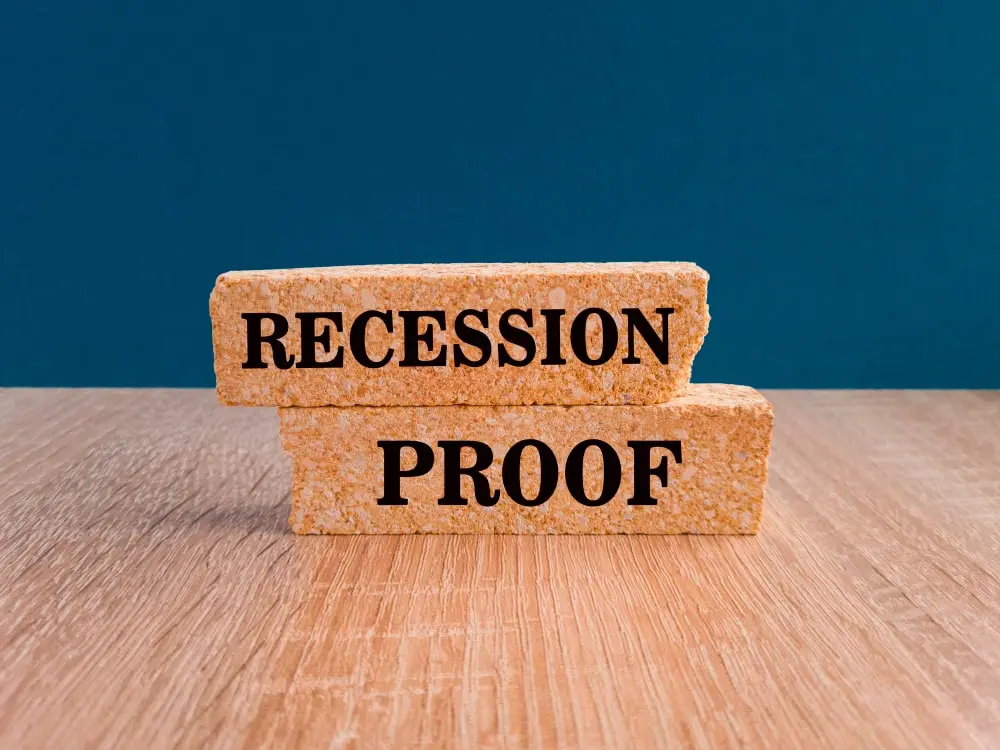Table of Contents
ToggleMost Americans consider themselves savers, with 59% acknowledging this in a Charles Schwab survey. However, a recent study highlights a contrasting reality — 63% of respondents in a similar demographic are living paycheck to paycheck, indicating a notable gap between financial intentions and the actual actions taken to achieve them.
While the traditional emphasis has been on saving as the primary route to wealth and financial independence, smart investing can significantly enhance these goals, such as assured returns in real estate.
The apprehension about investing often stems from the fear of losing hard-earned money acquired through diligent work and discipline.
The positive aspect is that making informed investment choices can mitigate risks, increase potential rewards, and yield substantial returns without relying on high-stakes gambling scenarios.
All you need to know about Debt Investments
Debt represents a financial obligation where one entity owes another. Individuals, businesses, and governments use debt to sustain themselves, make purchases, or invest in future prospects. For individuals, this might involve credit cards, loans, or mortgages. Businesses often rely on lines of credit or corporate loans.
Government debt, often termed national or public debt, refers to money borrowed by the government to cover its expenses. In the United States, this debt is mainly held by the public, foreign governments, banks, and investors.
When assessing America’s national debt, its dollar value is considered alongside its proportion to the country’s gross domestic product (GDP) – known as the debt-to-GDP ratio. This ratio is crucial as it indicates the debt relative to the size of the economy. A higher GDP can potentially generate increased tax revenue for the government, aiding in servicing the debt. As of the second quarter of 2023, the U.S. national debt-to-GDP ratio stood at 120.64%.
Understanding Investment Mechanisms
Investments involve participating in the financial market, a space where stocks, bonds, and other assets are bought and sold. To get started, you’ll need an investment account, such as a brokerage account, funded with cash to purchase these assets.
Companies use the market to gather funds by issuing stocks (representing ownership) or bonds (representing debt). Bonds are essentially loans to the company; investors buy them and receive repayment plus interest over time. Stocks, however, signify ownership in a company. When a company becomes public, its stock can be traded. While a stock’s value reflects the company’s worth, its actual price fluctuates based on investors’ buying and selling decisions.
Risk and Rewards of Real Estate Debt Funds Investments
Investing in real estate debt funds offers both risks and rewards, shaping the investment landscape for participants. Here’s a breakdown:
Rewards:
Steady Income Streams: Real estate debt funds often provide regular income through interest payments from loans extended to real estate developers or property owners. This steady cash flow can be attractive for investors seeking predictable returns.
Diversification: These funds offer diversification benefits within a real estate portfolio. Investing in various real estate projects through debt funds spreads risk across different properties, locations, and development stages.
Reduced Volatility: Compared to equity investments in real estate, debt funds generally exhibit lower volatility. The focus on fixed income and contractual interest payments provides a more stable investment environment.
Potential Risk Mitigation: Debt funds often prioritize collateralized assets. In the event of default, these funds may have recourse to the underlying properties, reducing the potential loss compared to unsecured investments.
Higher Priority in Capital Structure: As debt holders, investors in these funds have a higher priority for repayment compared to equity holders. In case of liquidation or distress, debt holders are generally first in line for payment.
Risks:
Default Risk: Real estate debt funds carry the risk of default by the borrower. Economic downturns, unforeseen market conditions, or project-specific issues could lead to borrowers’ inability to repay the debt, resulting in potential losses for investors.
Market Risk: Fluctuations in real estate market conditions, such as declining property values or adverse changes in rental income, can impact the value of the underlying collateral, affecting the fund’s performance.
Interest Rate Risk: Changes in interest rates can impact the attractiveness of real estate debt funds. Rising rates might decrease property values or affect borrowers’ ability to service debt while declining rates might reduce fund returns.
Liquidity Risk: Investments in real estate debt funds are often less liquid compared to other financial instruments. Exiting or selling positions might be challenging, especially in distressed market conditions.
Underwriting Quality: The success of these funds heavily relies on the underwriting process. Poorly underwritten loans could lead to increased default rates and negatively impact fund performance.
Regulatory and Policy Risks: Changes in regulations or government policies related to real estate financing could affect the functioning and profitability of these funds.
Debt Funds’ Contribution to Commercial Property Financing
IRS data indicates that less than 7% of the U.S. population owns rental property. Affording even a single home, let alone multiple properties, in the current housing market proves to be a considerable challenge.
Despite this, even investment strategies in real estate with accessible entry barriers seem to be overlooked by most investors. Just 3 percent of Americans invest directly in the shares of REITs, or publicly traded real estate holding corporations.
Commercial real estate borrowers often turn to debt funds to secure loans that traditional banks might not offer. These funds provide financing for various needs such as commercial construction, bridge loans, lease-up financing, and property rehabilitation. These funds, which can be managed by private equity firms or available for public investment, are similar to commercial mortgage-backed securities (CMBS) and are structured into different segments based on the credit risk of the loans they contain, providing opportunities for investing in real estate notes.
Conclusion
Debt investments, including mortgage notes investing, represent a substantial facet of the financial landscape, offering various avenues for individuals, businesses, and governments to access capital and foster growth. They play a pivotal role in real estate, especially in recession-proof real estate investing and commercial property financing, filling gaps that traditional bank loans might overlook.
Despite their own risks, debt investments stand as a crucial pillar in the financial ecosystem, facilitating growth, enabling opportunities, and representing a dynamic aspect of modern investing. Understanding their mechanisms and potential risks is key to harnessing their benefits effectively.
With Munshi Capital, delve further into debt investments and real estate financing. Recognize the opportunities and challenges associated with debt-based real estate investments, as well as how they might complement your overall financial plan. To learn more about your alternatives and make wise choices for a future free from financial uncertainty, visit Munshi Capital.





